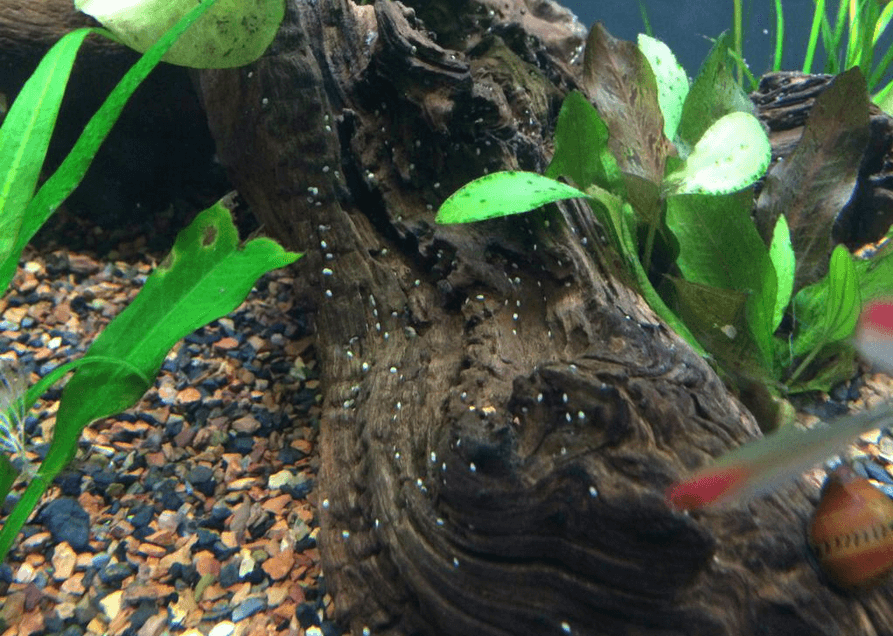

Many aquarists rightfully enjoy keeping snails in the home aquarium.Īnother biological solution for snail infestations would be through the addition of clown loaches or Pakistani loaches that love to feast on snails (keep in mind these are a social species that should be kept in small groups and not by themselves) They’re great algae eaters and scavengers and provide something a little different from fish. Snails can also be an interesting addition to the home aquarium. This has added benefit of giving the aquarist an opportunity to be rid of other pesky hitch hikers (like planaria) Any snails that appear are picked off and crushed.

The recommended way for getting rid of snails that are not wanted is to place your new plants in a new separate quarantine tank and observed for several weeks. Excess uneaten food provides exactly what the snails need to reproduce in vast numbers. Outbreaks generally occur due to over feeding. Snails, or their eggs, can hitch hike on most types of plants and arrive in our home aquarium. Regular chlorine bleach is one of the most effective ways to remove snail eggs from aquarium plants, but you need to be extra careful when using it as bleach can be rather corrosive. The most common means is through adding live plants. If you have snails in your tank, you put them in there. Snails are not able to teleport, nor do they spontaneously arise from nowhere. There’s an old adage about an ounce of prevention being worth a pound of cure. Ridding the aquarium of them, similarly, can be tough. They can handle low temperatures, warm temperatures, foul water, medications, salt and even survive without water for a good time. Snails are incredibly resilient creatures. They can also be successfully used to eat dead or rotting fish eggs from a spawn and are great for cleaning up any uneaten food. However, this type of snail does not eat plants and actually improves substrate health by burrowing into it and turning it over.

The Malaysian Trumpet snail is nocturnal, and lives burrowed in the gravel, meaning that you generally do not see them. This small snail is shaped like a cone and can rapidly reproduce with a single female giving birth to hundreds of miniature snails. The most common culprit for this sudden phenomenon is the Malaysian trumpet snail. There are these small little animals in tremendous numbers that have seemingly appeared overnight, and you did not put them in the aquarium. At some point or another, every aquarist has experienced an unexpected outbreak of snails in the home aquarium.


 0 kommentar(er)
0 kommentar(er)
